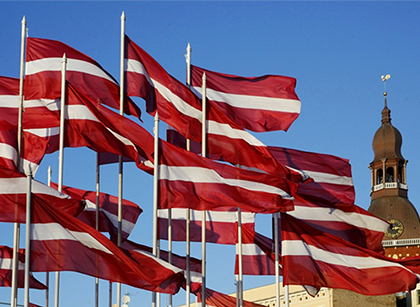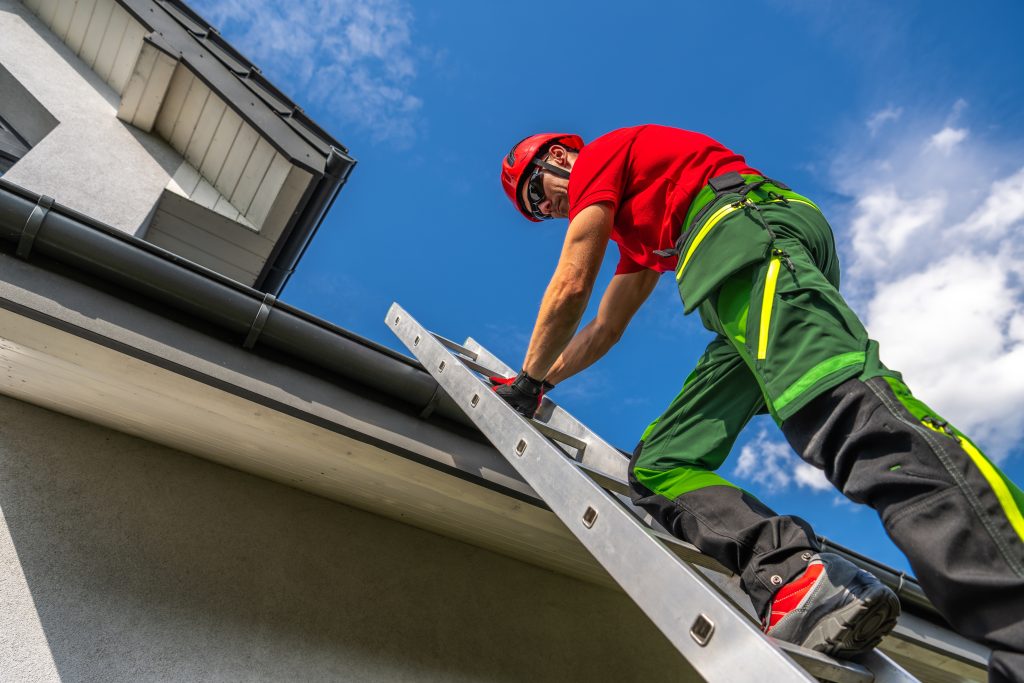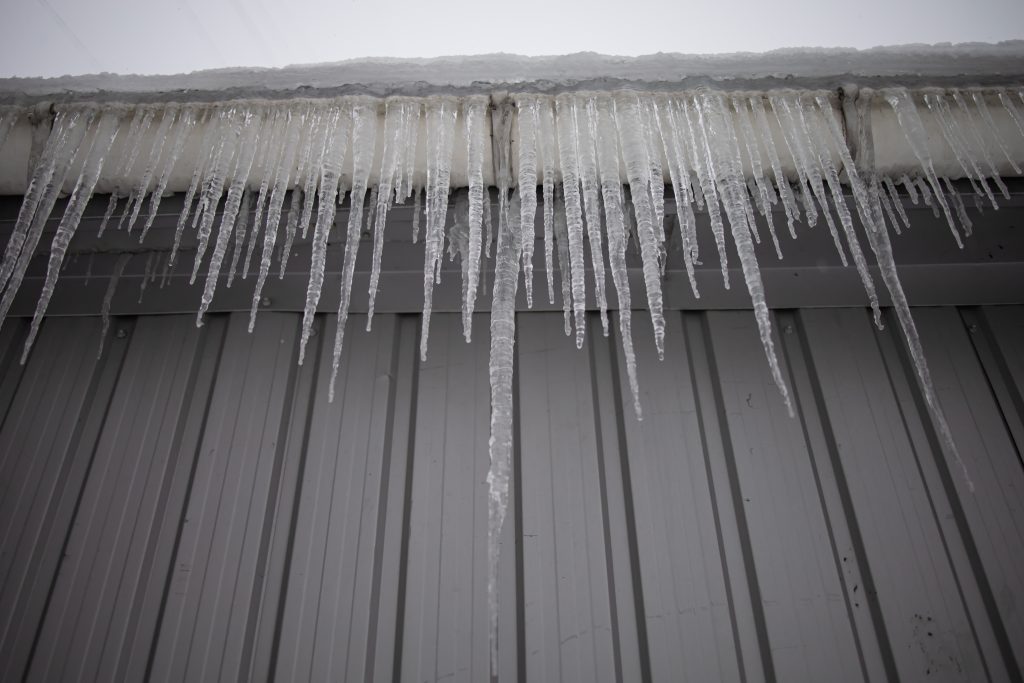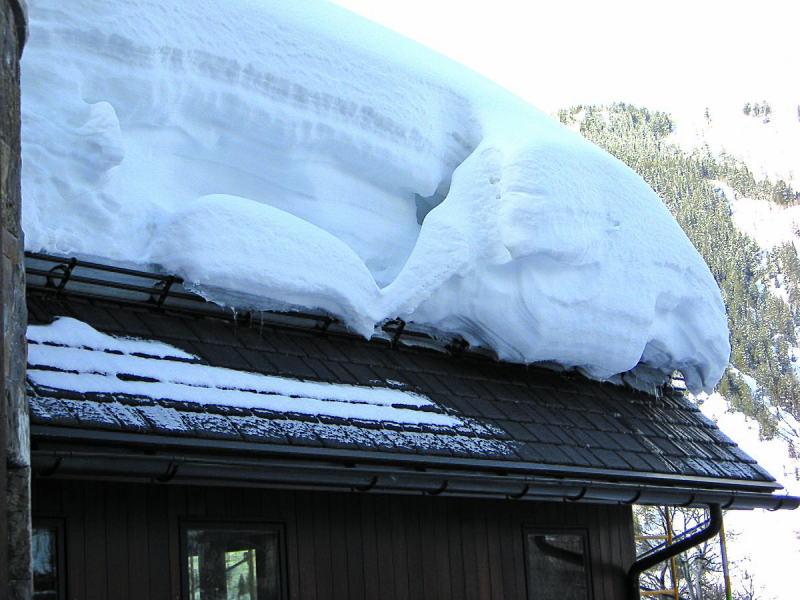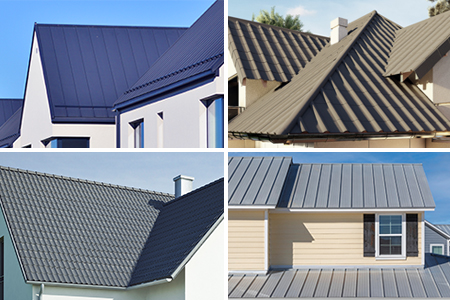Get professional advice and find out which roofing solution is right for your building.
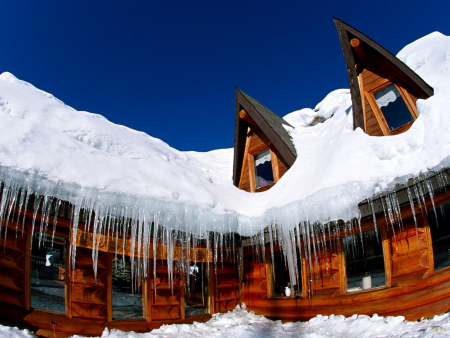
In cold and temperate climates, snow and wind put the most strain on roof structures, which is something to keep in mind when designing buildings. In winter, a lot of people wonder if they should clear snow off their roofs. The answer to this question will be provided by Valentin Drozdov, head of Augstuma serviss and a professional climber. This company maintains the most important roofs in Riga during the winter.
All roofing materials require maintenance, especially in winter, when defects in the installation of roofing materials and wear and tear as a result of use can be detected.
In particularly unfavorable weather conditions, high humidity, and daily temperature fluctuations characteristic of our region, even properly constructed roofing can develop ice and icicles, which can lead to negative consequences:
1) Damage to property and human health. Every year, many people suffer various injuries from ice falling from roofs, and sometimes this leads to fatalities;
2) Despite the fact that when designing a roof, it is necessary to take into account the characteristics of the region in which the building is located and to take into account certain loads, situations may arise when the weight of snow exceeds the maximum permissible weight. This can lead to damage to the roof covering and rafter system or even collapse;
Relatively small investments in cleaning and maintaining the roof and drainage system will help you avoid repairs or even replacement of the roof covering and supporting structures in the future!
Typical snow load on the ground surface with a probability of 0.02 (once every 50 years), kN/m2.
| Nr. | Place | Value | Nr. | Place | Value |
| 1. | Ainaži | 1,1 | 17. | Praviņi | 1,2 |
| 2. | Alūksne | 2,1 | 18. | Priekuļi | 1,6 |
| 3. | Bauska | 1,4 | 19. | Rēzekne | 1,7 |
| 4. | Carnikava | 1,2 | 20. | Rucava | 1,1 |
| 5. | Dagda | 1,7 | 21. | Rūjiena | 1,6 |
| 6. | Daugavpils | 1,5 | 22. | Saldus | 1,4 |
| 7. | Dobele | 1,2 | 23. | Sigulda | 1,7 |
| 8. | Gaiziņkalns | 2,8 | 24. | Sīļi | 1,5 |
| 9. | Gulbene | 1,6 | 25. | Skrīveri | 1,6 |
| 10. | Kuldīga | 1,3 | 26. | Smiltene | 1,6 |
| 11. | Liepāja | 1,1 | 27. | Stende | 1,5 |
| 12. | Lubāna | 1,7 | 28. | Valmiera | 1,5 |
| 13. | Mērsrags | 1,1 | 29. | Vārdava | 1,3 |
| 14. | Nereta | 1,6 | 30. | Viļaka | 1,6 |
| 15. | Pāvilosta | 1,1 | 31. | Zīlāni | 1,7 |
| 16. | Pļaviņas | 1,7 | 32. | Zosēni | 1,8 |
Extreme snow load on the ground surface sAd, kN/m2 (the extreme snow load coefficient Cesl is 2.0).
Provisions of Latvian building standard LBN 003-01 “Building Climatology” https://likumi.lv/ta/id/53424-noteikumi-par-latvijas-buvnormativu-lbn-003-01-buvklimatologija

